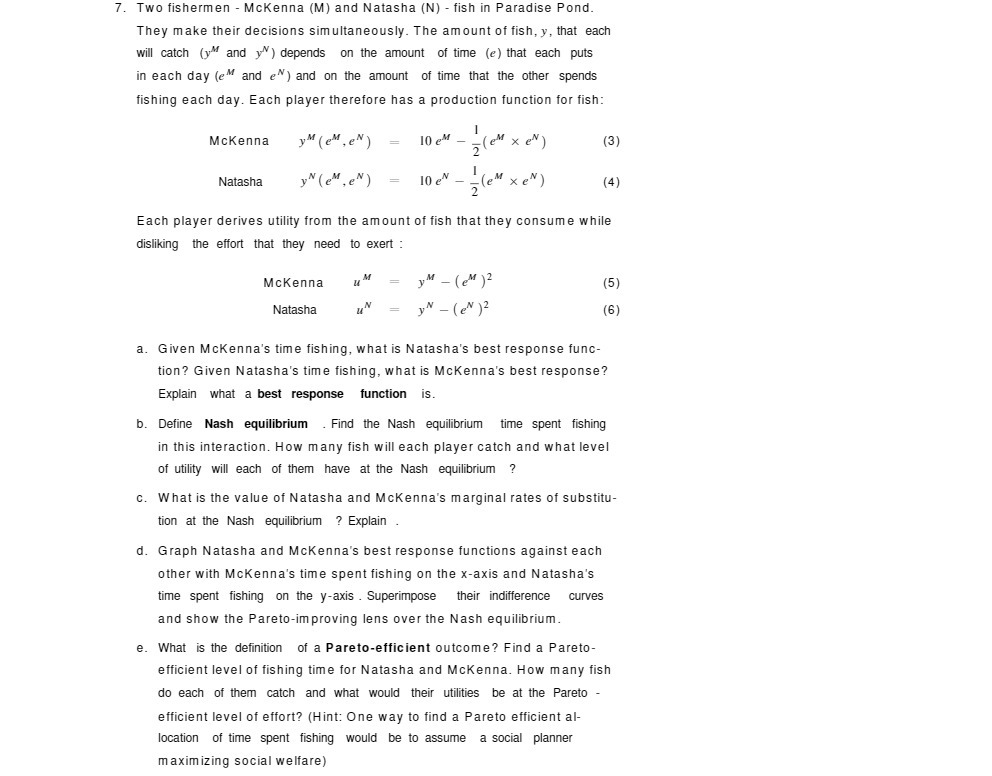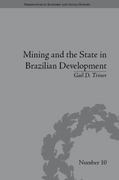Answered step by step
Verified Expert Solution
Question
1 Approved Answer
7. Two fishermen - Mckenna (M) and Natasha (N) - fish in Paradise Pond. They make their decisions simultaneously. The amount of fish, y, that

Step by Step Solution
There are 3 Steps involved in it
Step: 1

Get Instant Access to Expert-Tailored Solutions
See step-by-step solutions with expert insights and AI powered tools for academic success
Step: 2

Step: 3

Ace Your Homework with AI
Get the answers you need in no time with our AI-driven, step-by-step assistance
Get Started


